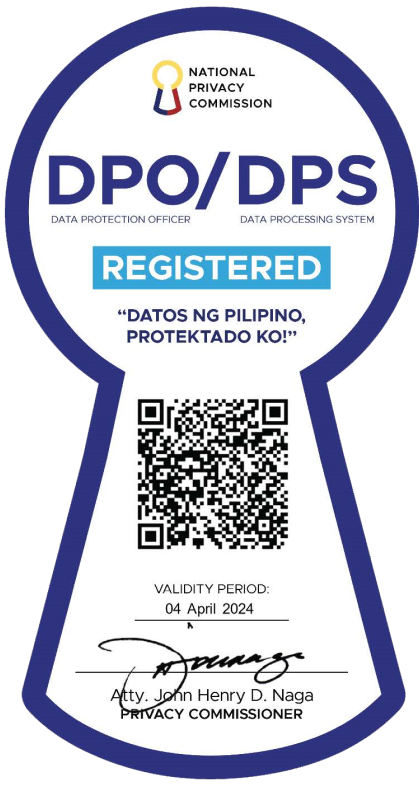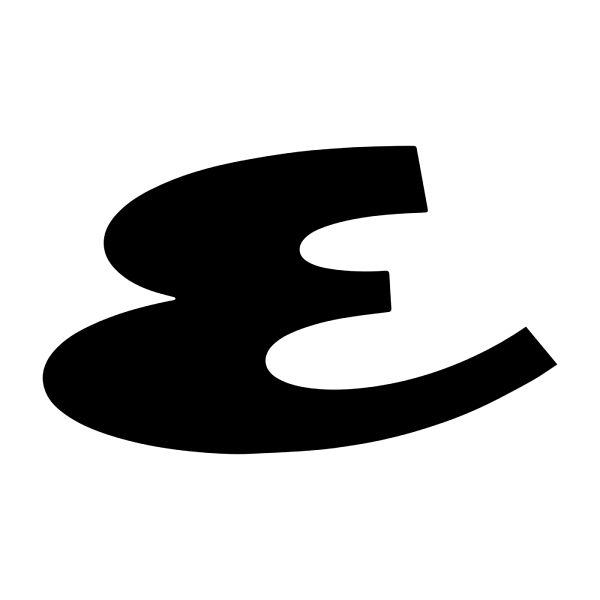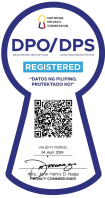Before Domination: The History of Jollibee in the Philippines
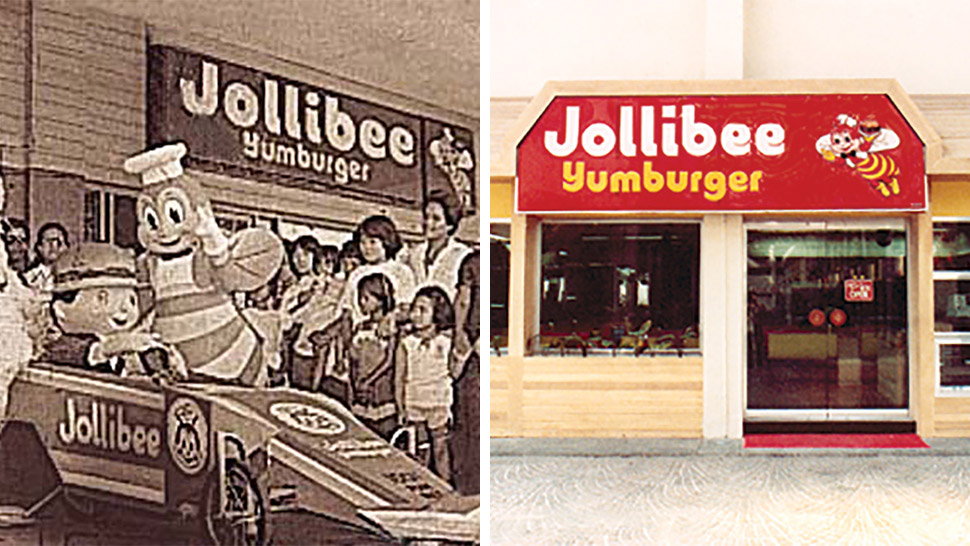
It’s difficult to imagine a time when birthdays took place without the large bootylicious bee breakdancing and clapping his gloved hands, giving adults and children a good time. Jollibee, the barong-wearing Filipino icon, is only 41 years young—hardly the oldest restaurant or franchise in the country—which makes
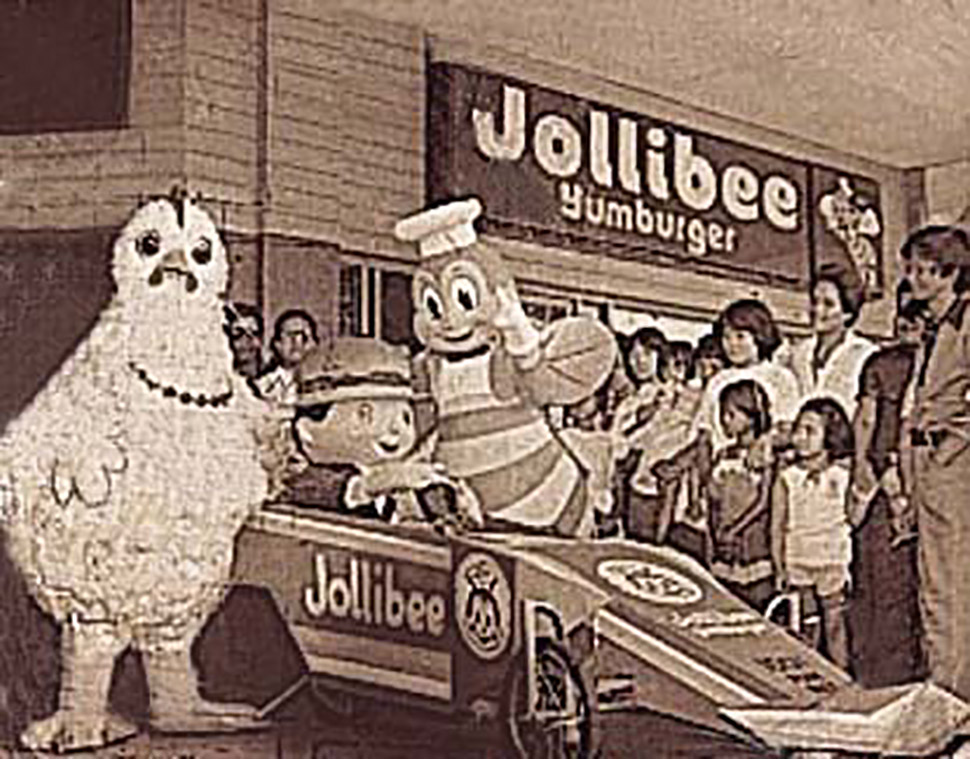
The history of Jollibee is a classic rags-to-riches tale of an ambitious family finding success in greener pastures. His parents took the whole family and emigrated from Southeast China. They settled in Davao where they opened a restaurant. Tan Caktiong graduated with a chemical engineering degree from the University of Santo Tomas. A trip to an ice cream plant when he was 22 inspired him to pursue a Magnolia Dairy Ice Cream franchise and he opened two—one in Cubao and another in Quiapo—using P350,000 of his family’s savings.
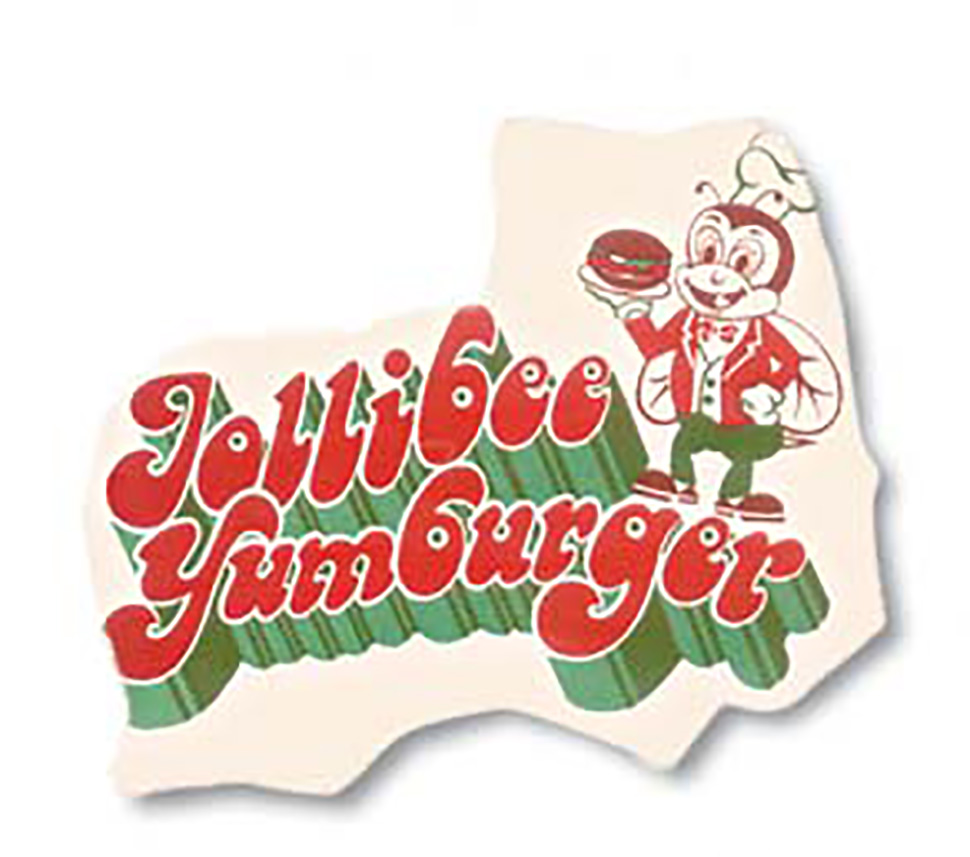
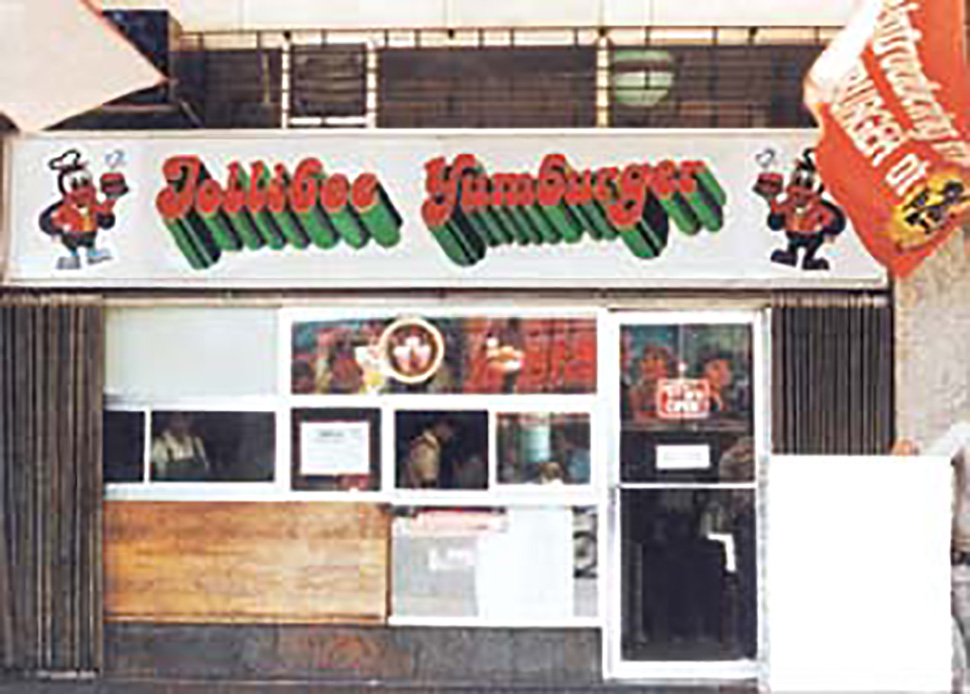
Why is it called Jollibee?
What does a bee have to do with pineapple burgers and spaghetti? The bee was chosen because it connoted hard work, while its association with honey evoked the sweet life. Jollibee’s first branding efforts are attributed to marketing consultant Manuel Lumba, who first met Tan Caktiong in 1978 when Jollibee was still called “Jolibe” and the now prolific CEO needed advice on where to steer the business next.
In an interview with Entrepreneur, Lumba said, “Watching the guests, I quickly noticed that there were leftovers when it came to certain products, but not with the hamburger sandwich. [With that] I thought the business had a potential winner.”
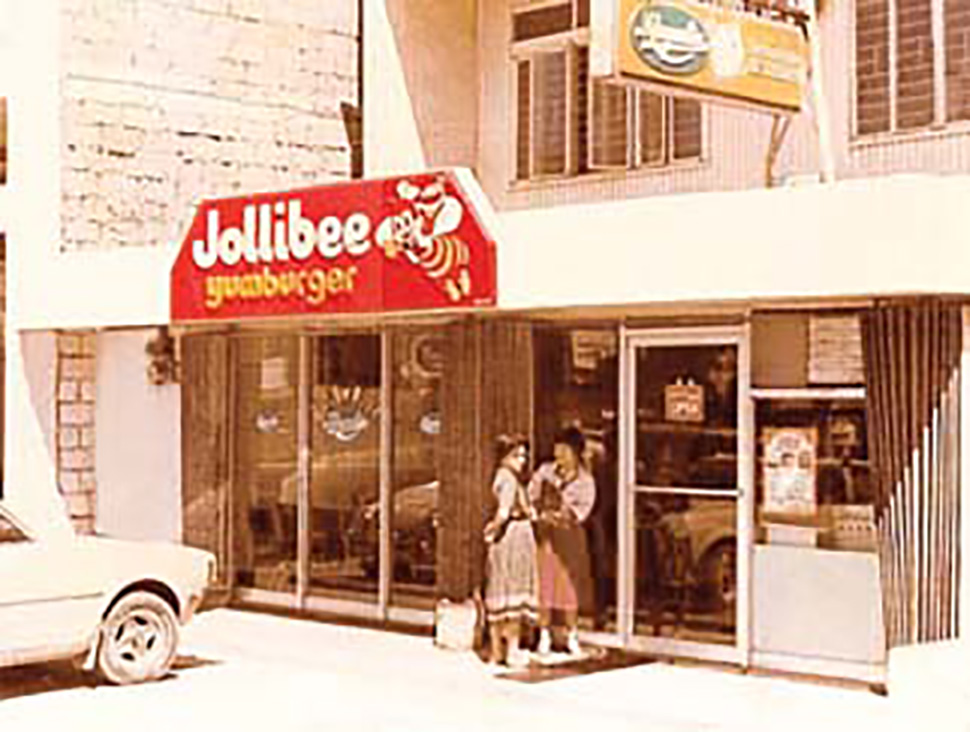
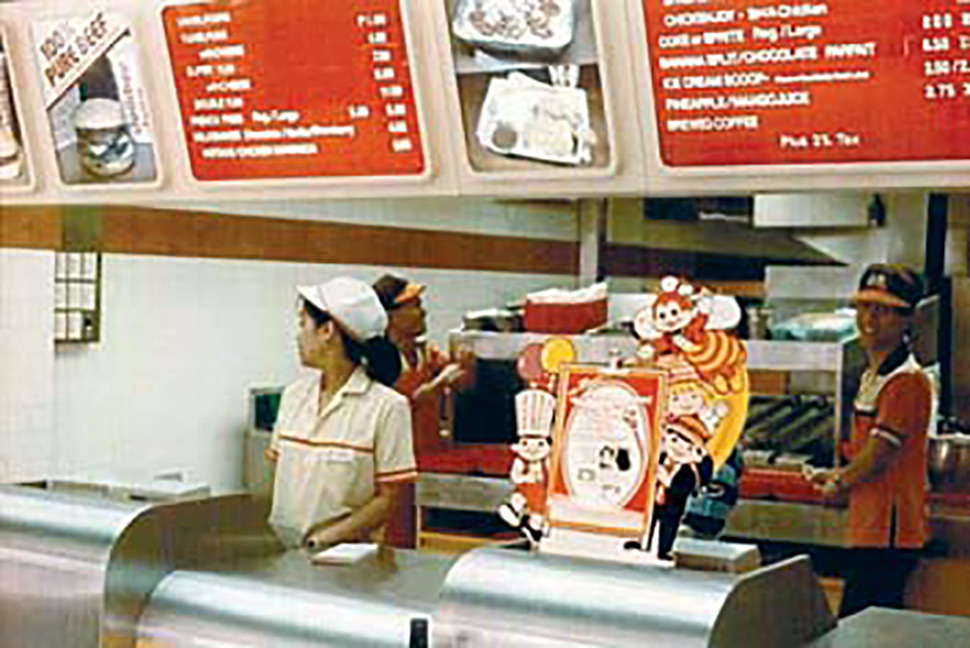
Lumba patterned the bee design after his six-year-old daughter’s comic books. “If Disney had a mouse, why couldn’t I have a bee? Then I added a chef’s hat to suggest quality food, a red dinner jacket with a vest to boot, white gloves that reminded me of Disney characters, and taking inspiration from Tony Velasquez’s Nanong Pandak comic book character, I exaggerated the cheeks.” The crude design was polished by an advertising company and Tan Caktiong invested millions to secure the trademark.
The name also needed work. From
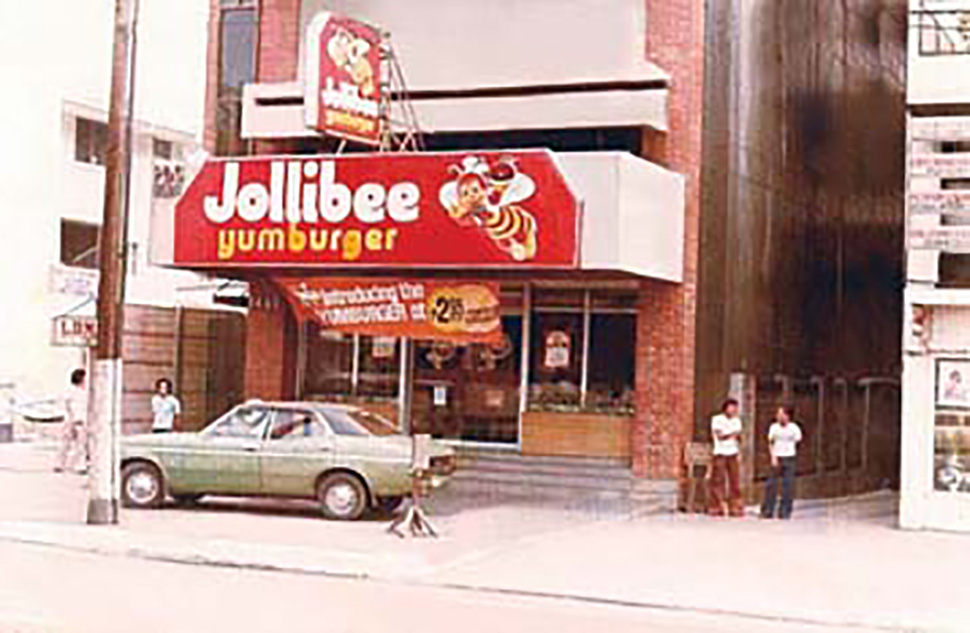
Lumba did much more than a facelift. He risked money and face by purchasing ad space in a PBA game—a gamble for a little-known hamburger restaurant—which eventually introduced Jollibee to a wider audience. He edited the restaurant’s design and advised that pomp shoul every branch opening.
https://www.youtube.com/watch?v=etI-Ac8VtrU

The Jollibee effect
In 1978, after Jolibe became Jollibee and stopped selling ice cream, the Yumburger became its flagship product. The famous spaghetti was introcued a year later, and after that, the beloved fried chicken. By the time a rival fast-food chain planted its roots in the Philippines in 1981, Jollibee already had a strong hold on the Filipino fast-food palate. In the next decade, Jollibee continued to dominate, launching its palabok, Champ hamburger, Jolly Twirls, and in the ‘90s, the Jolly Hotdog and Peach Mango Pie. We don’t need to remind you that these continue to be bestsellers in Jollibee today.
More mascots joined in, more menu items were launched. By 1987, Jollibee was a global brand with its first overseas outlet in Brunei.
From those few outlets in the late '70s, Jollibee has opened branches all over the world, from Papua New Guinea to Milan, mascots have come and gone (RIP Mico), TV shows have been produced, prime ministers have driven through. Jollibee himself has toured the Philippines and gotten a glow up, becoming a Funko Pop (twice!), as well as appearing on Glee and comic books like The Avengers and The Flash.


Tan Caktiong in a 2010 interview said, "From a rather crude, strange-looking bee that no bank dared to touch back in 1978, Jollibee and his cheeky smile today have become synonymous with a truly Filipino success story that is now a source of patriotic pride. It is estimated that the Jollibee brand is now worth several billion pesos."
